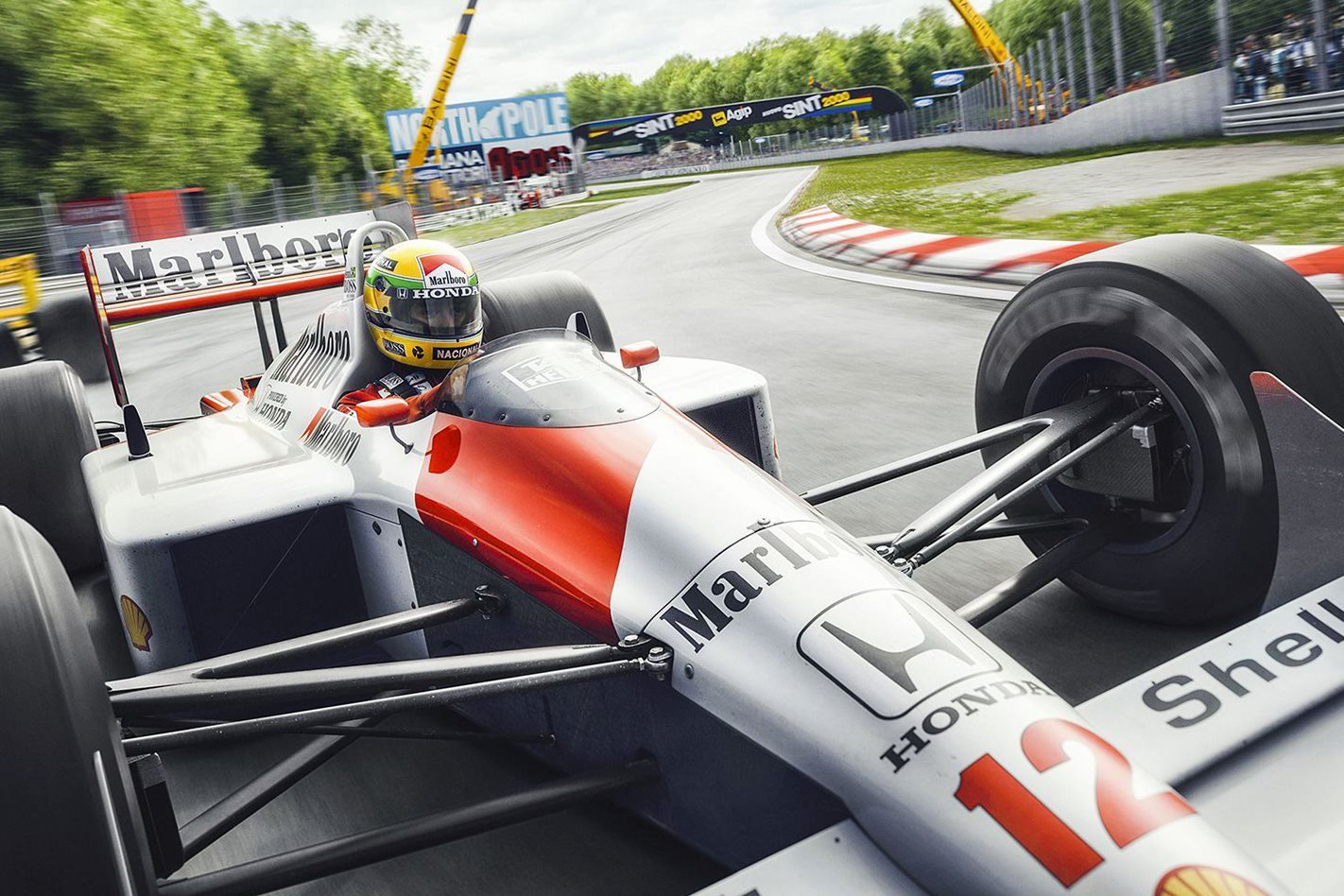SOME of the late Ayrton Senna’s greatest racing moments which have been lost to time are being recreated by a bunch of passionate artists with the help of visual technology.
When star Brazilian driver was at his peak in the late ‘80s and early ‘90s in Formula 1, coverage of the sport wasn’t what it was today.
Where modern grands prix have non-stop television coverage with hundreds of on-board and trackside cameras, along with a small army of professional photographers littered around the circuit, during Senna’s heyday certain moments could go unseen altogether.
These included two iconic events from Senna’s career; his breathtaking pole lap at the ’88 Monaco Grand Prix, and his pass on Nelson Piquet at Imola a race prior.
But now, thanks to modern technology, we can see how they transpired.
Unique & Limited, an art studio from Prague, tasked itself with the job of recreating a still image of Senna’s pass on Piquet at the San Marino Grand Prix, a bold move which went uncaptured by trackside photographers or TV cameras.
The team conducted extensive research on track layouts and details in order to accurately represent the moment of history, going so far as to Senna’s mechanic at the time.
Then, using 3D renderings, the studio comprehensively revived the moment in a striking image.
Road and Track have published an in-depth feature on the creative process behind the recreation, with the artwork able to be purchased for an undisclosed amount.
Earlier this year, McLaren took it upon itself to recreate Senna’s pole lap from the 1988 Monaco Grand Prix, which despite its status as one of the greatest single laps in F1 history was never caught on film.
The lap has become a legend in racing folklore, with Senna wrestling the McLaren MP4/4 on qualifying boost to pole position by a margin of 1.2 seconds over teammate Alain Prost. The Brazilian was 2.6-seconds quicker than the best non-McLaren driver.
On-board television cameras were in their infancy at the time of the ’88 lap, and weren’t used for that race. Footage from the 1990 Monaco Grand Prix is often mistakenly used as a stand-in for footage from ’88.
Although the qualifying session was broadcast in certain regions of the world, television cameras didn’t pick up Senna’s 1:26.464 lap.
In conjunction with Codemasters, McLaren produced a digital recreation of the event, commentated by the voice of F1 himself, Murray Walker.
However, not every Senna revival is recreated equally, with watchmaker TAG Heuer attempting to bring the Brazilian back to life as a hologram for a press event in 2015.
The company used technology which had allowed a Tupac hologram to perform at the Coachella music festival in 2012. The end result was an awkward interaction between Fernando Alonso and the Senna hologram which falls deep in the uncanny valley.






